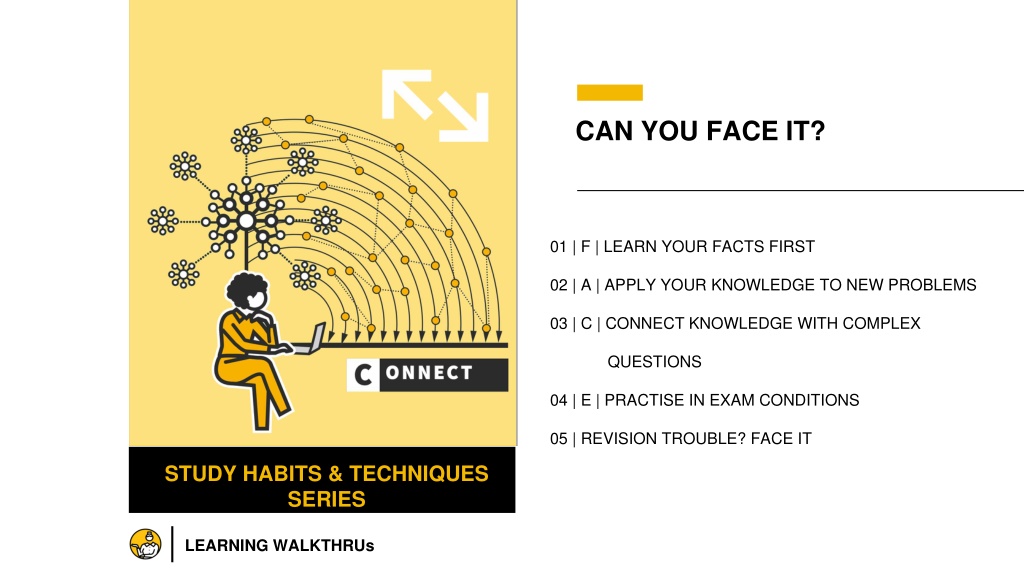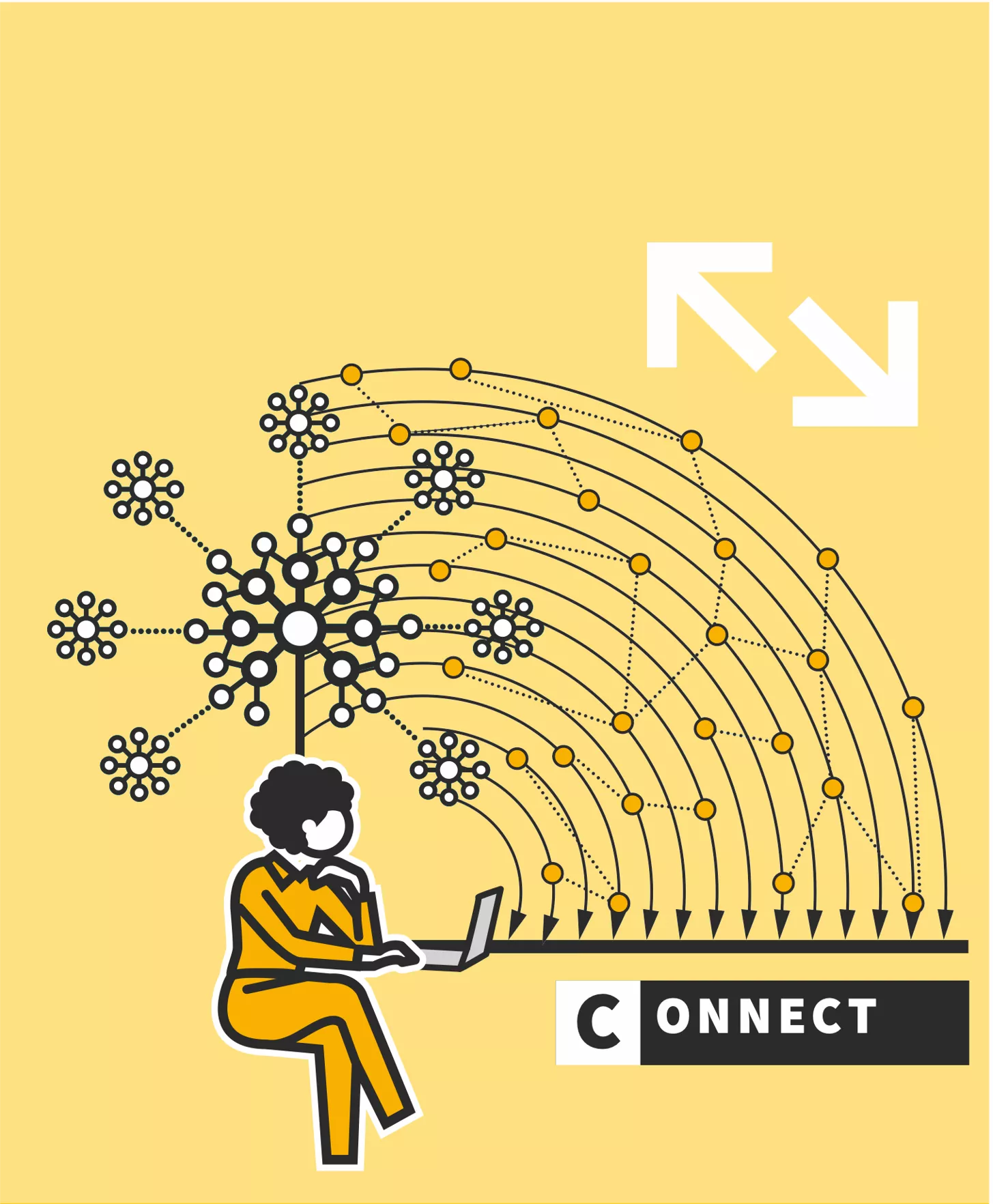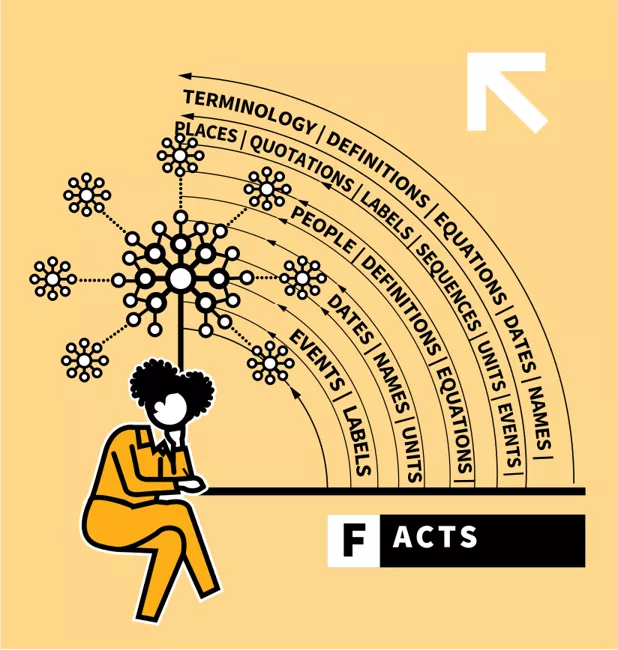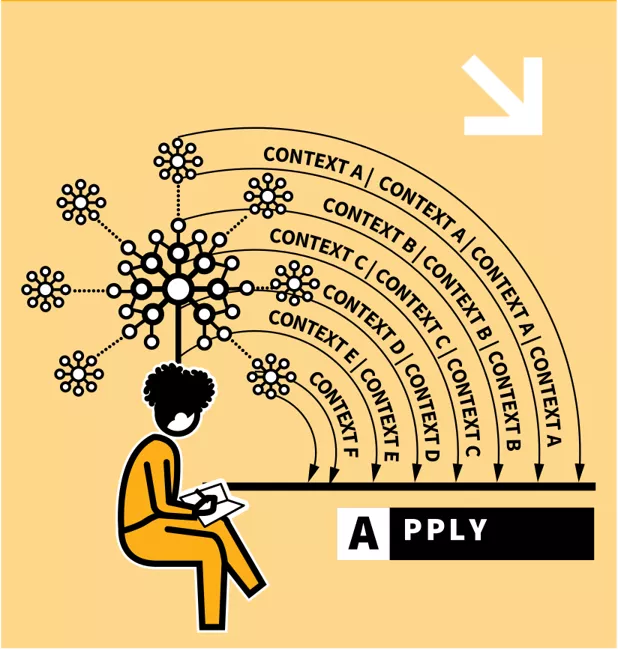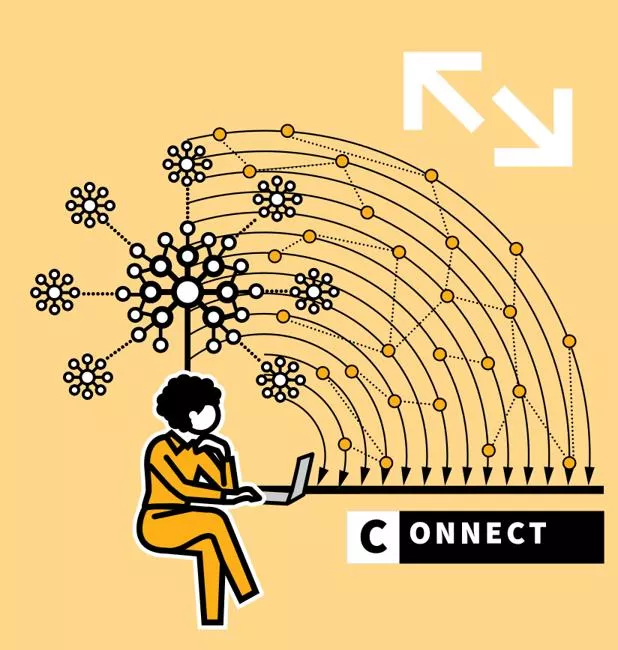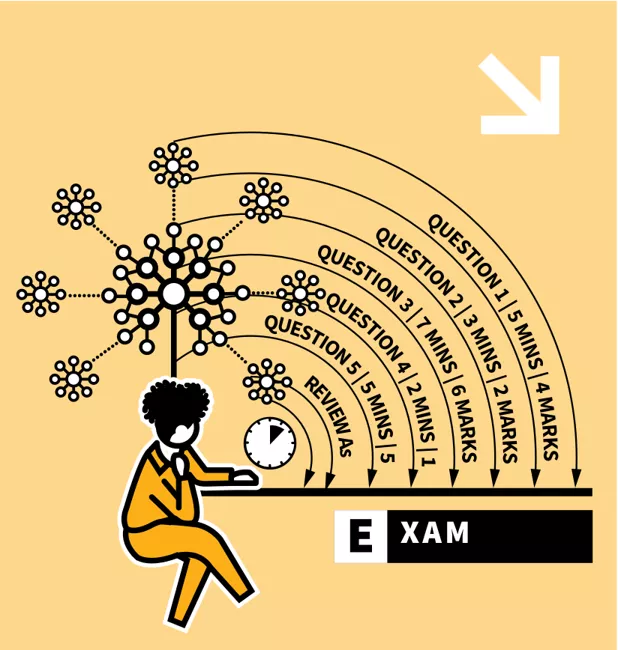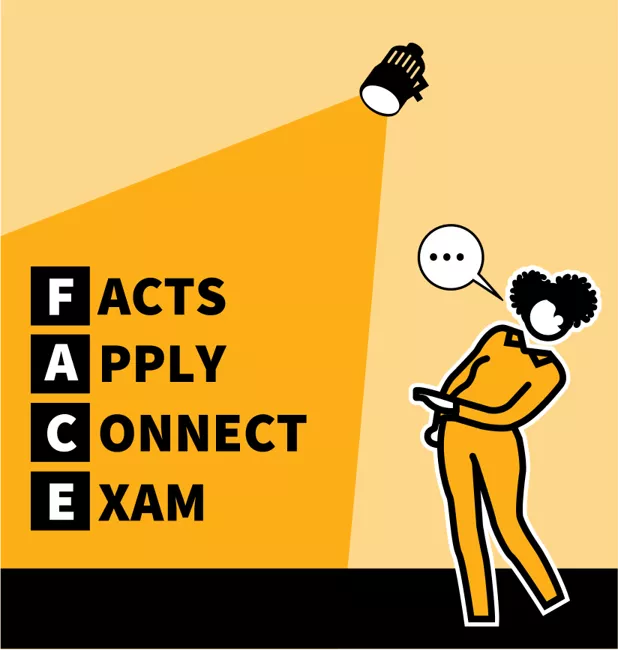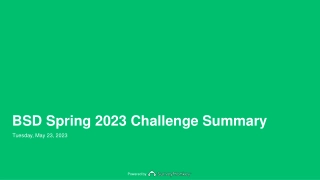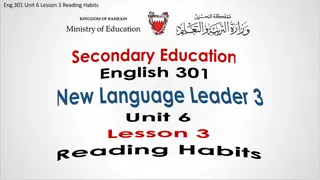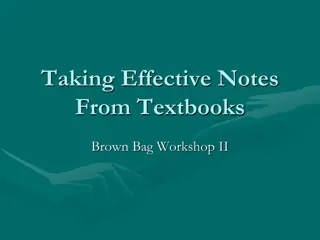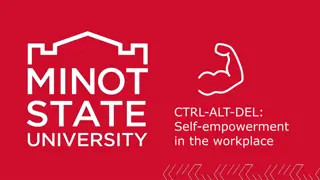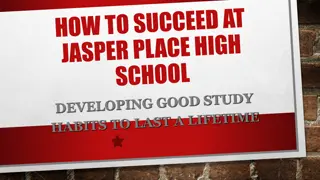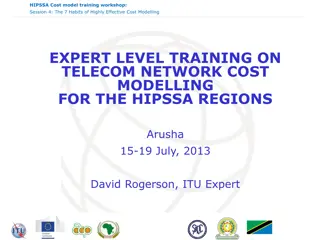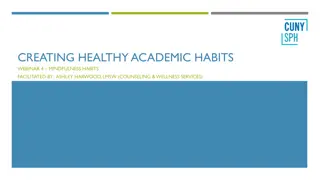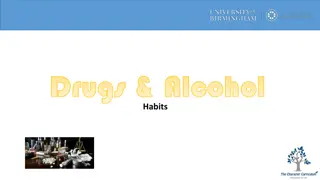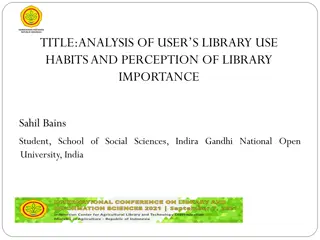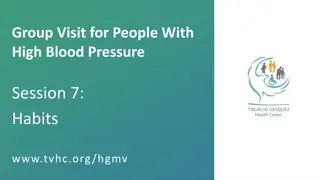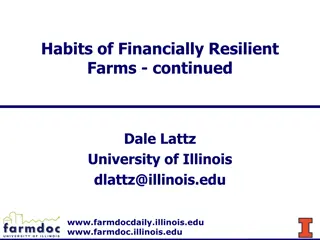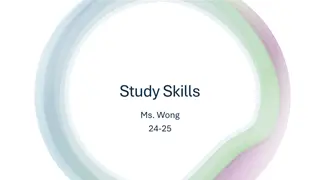Effective Study Habits & Techniques Series
Begin by learning core factual content in a topic, then apply that knowledge to new problems, connect knowledge with complex questions, and practice in exam conditions. Follow the FACE It process to enhance your study habits and techniques for better learning outcomes.
Download Presentation

Please find below an Image/Link to download the presentation.
The content on the website is provided AS IS for your information and personal use only. It may not be sold, licensed, or shared on other websites without obtaining consent from the author.If you encounter any issues during the download, it is possible that the publisher has removed the file from their server.
You are allowed to download the files provided on this website for personal or commercial use, subject to the condition that they are used lawfully. All files are the property of their respective owners.
The content on the website is provided AS IS for your information and personal use only. It may not be sold, licensed, or shared on other websites without obtaining consent from the author.
E N D
Presentation Transcript
CAN YOU FACE IT? 01 | F | LEARN YOUR FACTS FIRST 02 | A | APPLY YOUR KNOWLEDGE TO NEW PROBLEMS 03 | C | CONNECT KNOWLEDGE WITH COMPLEX QUESTIONS 04 | E | PRACTISE IN EXAM CONDITIONS 05 | REVISION TROUBLE? FACE IT STUDY HABITS & TECHNIQUES SERIES LEARNING WALKTHRUs
LEARNING WALKTHRUs FACE IT STUDY HABITS & TECHNIQUES SERIES 3 4 5 1 2 A | APPLY YOUR KNOWLEDGE TO NEW PROBLEMS REVISION TROUBLE? FACE IT C | CONNECT YOUR KNOWLEDGE WITH MORE COMPLEX QUESTIONS E | PRACTISE IN EXAM CONDITIONS F | LEARN YOUR FACTS FIRST If you re faced with a large amount of material to revise, ahead of examinations and assessments, there s a process you might find helpful: FACE It. Each letter represents some actions to take in order of difficulty. The overall message is not to avoid the study process make a start and then build up to the more challenging parts.
1 | 2 | 3 | 4 | 5 LEARNING WALKTHRUs STUDY HABITS & TECHNIQUES SERIES F | LEARN YOUR FACTS FIRST FACE IT To begin, learn the core factual content in a topic: terminology, definitions, equations, dates, names, places, quotations, labels, sequences, units, events, people. This is the quizzable knowledge that you might have on flash cards or knowledge organisers. Use a range of retrieval practice techniques like self-quizzing.
1 | 2 | 3 | 4 | 5 LEARNING WALKTHRUs STUDY HABITS & TECHNIQUES SERIES A | APPLY YOUR KNOWLEDGE TO NEW PROBLEMS FACE IT With your facts secure, tackle questions where the knowledge is tested in a context, beyond straightforward recall. It s not enough to know isolated facts; that knowledge needs to be used in a range of contexts. Often previous examination questions and textbooks will be a good source of questions of this type.
1 | 2 | 3 | 4 | 5 LEARNING WALKTHRUs STUDY HABITS & TECHNIQUES SERIES C | CONNECT YOUR KNOWLEDGE WITH MORE COMPLEX QUESTIONS FACE IT Attempt questions that require you to draw on knowledge from more than one topic area or to apply knowledge to previously unseen ideas. You might need to identify patterns and causal links that haven t been explicitly taught before. Sometimes you may need to connect detailed ideas into a wider schema of interconnected topics. These will be the harder questions normally near the end of an exam paper.
1 | 2 | 3 | 4 | 5 LEARNING WALKTHRUs STUDY HABITS & TECHNIQUES SERIES E | PRACTISE IN EXAM CONDITIONS FACE IT Use past test questions to rehearse responding under time pressure, taking account of the marks available. Only do this once the FAC aspects are more secure. There s no point trying to remember factual knowledge under a time limit if you haven t previously secured that knowledge in a more low-stakes situation. When you feel you know the material well then see how well it goes in timed conditions.
1 | 2 | 3 | 4 | 5 LEARNING WALKTHRUs STUDY HABITS & TECHNIQUES SERIES REVISION TROUBLE? FACE IT FACE IT Use FACE It to support your revision planning and as a diagnostic tool: Have you learned your Facts? Have you practised Applying your knowledge in context questions? Have you started to Connect ideas with more synoptic questions? Have you tested yourself in timed Exam conditions? This also works away from formal exam settings where E means Express your knowledge.
LEARNING WALKTHRUs FACE IT STUDY HABITS & TECHNIQUES SERIES 3 4 5 1 2 A | APPLY YOUR KNOWLEDGE TO NEW PROBLEMS REVISION TROUBLE? FACE IT C | CONNECT YOUR KNOWLEDGE WITH MORE COMPLEX QUESTIONS E | PRACTISE IN EXAM CONDITIONS F | LEARN YOUR FACTS FIRST If you re faced with a large amount of material to revise, ahead of examinations and assessments, there s a process you might find helpful: FACE It. Each letter represents some actions to take in order of difficulty. The overall message is not to avoid the study process make a start and then build up to the more challenging parts.
